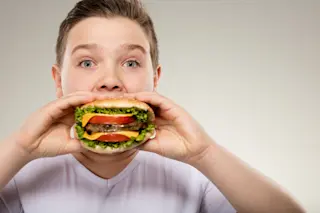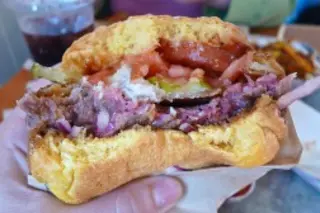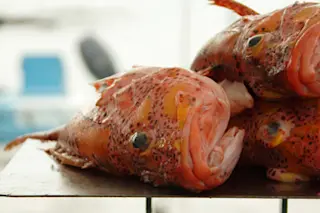Imagine that you’re eating your favourite food, perhaps a bloody steak or an obscenely large bar of chocolate. You’re probably quite keen for an actual mouthful now. You may even have started to salivate. But wait – before you dash for the kitchen, imagine eating another one. And another one. In fact, picture yourself guzzling down thirty more. Do you still want a bite? If you had done this with actual food, the answer would probably be no. The more we expose ourselves to a something, the more we get used to it. This process, known as ‘habituation’, applies to all sorts of things – bright lights, level of wealth and, yes, the taste of food. The first bite of chocolate is heavenly but the fifteenth usually feels less so. Now, Carey Morewedge from Carnegie Mellon University has found that people habituate to the taste of food even if they ...
Curb those food cravings by imagining yourself eating lots of food
Imagining eating food can reduce your cravings thanks to habituation to taste—learn how mental exercises impact desire for food.
ByEd Yong
More on Discover
Stay Curious
SubscribeTo The Magazine
Save up to 40% off the cover price when you subscribe to Discover magazine.
Subscribe








